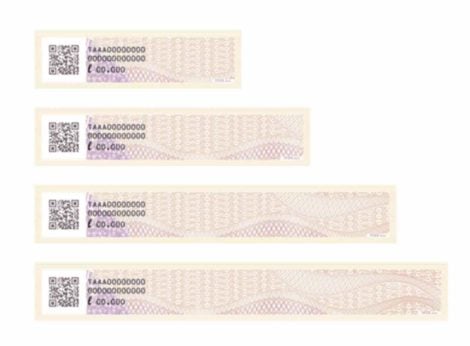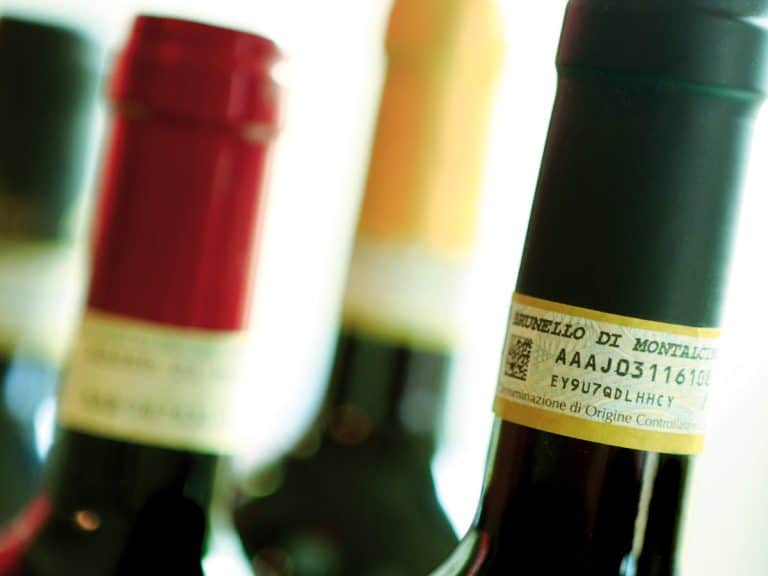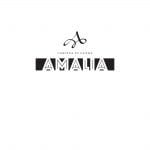Green light for state labels for IGT wines as well. The new decree has already been published in the Official Gazette and provides that the strips, previously used only by DOCGs (mandatory) and DOCs (optional), can now be requested by Geographical Indications, subject to the choice of the Protection Consortium or the Region of origin.
The new control system (still optional) arises from the need for greater traceability even for IGTs, with the possibility of monitoring the number of bottles introduced into the market. The cost of each strip is €0.0045 for glue paper labels and €0.0055 for self-adhesive labels.
However, the method has raised many doubts among industry associations, both for the confusion it could create among consumers and for the potential incompatibility with the Testo unico del vino (Unified Wine Text). What sparked discussion was Minister Francesco Lollobrigida's decision to leave everything in the hands of the State Mint (Ipzs), which, in turn, explains that it is the safest system for traceability.
The State Mint as the sole supplier
Until now, the label printed by Ipzs has been exclusively reserved for DOCG and DOC wines (for the latter, on a voluntary basis). For IGTs, industry associations expected a different traceability system, with an open list of providers offering various solutions. The choice of Ipzs's monopoly has caught them off guard.
"As a result of requests from some territories, we had carried out technical investigations with some innovative digital anti-counterfeiting system providers, presenting a concrete proposal to the Icqrf on the technical characteristics of the system (based on non-replicable QR codes)," explains Unione Italiana Vini to Gambero Rosso. "But, in the end, Ipzs's proposal prevailed. What leaves us perplexed is that it went unnoticed, with a ministerial decree, despite much of the industry disagreeing. For such an important decision, a little more reflection would have been preferable."
Doubts about compatibility with the Unified Wine Text
The other criticism of the new system concerns a possible incompatibility between the ministerial decree and the Unified Wine Text. "According to the Unified Text, for IGT wines, the only applicable control tools are 'alternative traceability systems,'" explains Unione Italiana Vini. "This will require requesting a modification of the Unified Text. The legislator had clearly drawn a demarcation line between anti-counterfeiting tools for PDO wines and alternative systems that were supposed to bring innovation and competition among players in the market."
In other words, for IGTs, which account for about 30% of Italian bottled wine, a more streamlined, digital, and competitive system was expected, not a monopoly. Finally, there is a fear among associations that the new system may generate confusion among consumers. Seeing a very similar strip, the association asks, "Is the consumer really capable of distinguishing between a DOCG, a DOC, and an IGT?"


Confusion for the consumer
The same concerns are expressed by Federdoc: "The methods identified by the decree for the implementation of the traceability system are not exactly what we had requested to ensure a correct differentiation between IGT and DOCG/DOC productions, the latter subject to more rigorous control procedures and higher quality standards. The Unified Text," recalls President Giangiacomo Gallarati Scotti Bonaldi, "foresees that the traceability of IGT wines is carried out through a different system than that provided for DOCG and DOC productions, equipped for this purpose with a special label printed by the State Polygraphic, foreseeing the use of unique non-serial alphanumeric telematic codes."
But now the die is cast. So the only option is to work ahead: "The State Polygraphic's strip, provided by the new decree, while allowing for the much-needed traceability of IGT wine production and control over it, requires us to work hard on the communication front to prevent consumers from being confused about the product categories provided by our quality wine pyramid," concludes the president of Federdoc.
The reply from the State Mint
For its part, the State Polygraphic and Mint Institute tries to reassure industry associations. "The strip issued by our Institute," responds CEO Francesco Soro to Gambero Rosso, "is the only way to guarantee strengthened criminal protection because the sanctions for any counterfeiting would be much higher. Digital alone could not guarantee the same type of protection."
As for possible confusion between DOCG and IGT, Soro reassures: "We have designed a graphically recognizable system, precisely not to confuse the consumer: for IGTs, the Republic emblem fluoresces. There is also the added value of the QR code for access to our digital product passport platform. We expect a good response from the wine consortia since the initiative started with them."


 Women are the best sommeliers. Here are the scientific studies
Women are the best sommeliers. Here are the scientific studies Where to eat at a farm stay in Sicily: the best addresses in the Provinces of Trapani, Palermo, and Agrigento
Where to eat at a farm stay in Sicily: the best addresses in the Provinces of Trapani, Palermo, and Agrigento Wine in cans, bottle-fermented, and alcohol free: the unstoppable change in Gen Z’s tastes
Wine in cans, bottle-fermented, and alcohol free: the unstoppable change in Gen Z’s tastes The great Bordeaux exodus of Chinese entrepreneurs: around fifty Châteaux up for sale
The great Bordeaux exodus of Chinese entrepreneurs: around fifty Châteaux up for sale Dubai speaks Italian: a journey through the Emirate's best Italian restaurants
Dubai speaks Italian: a journey through the Emirate's best Italian restaurants







